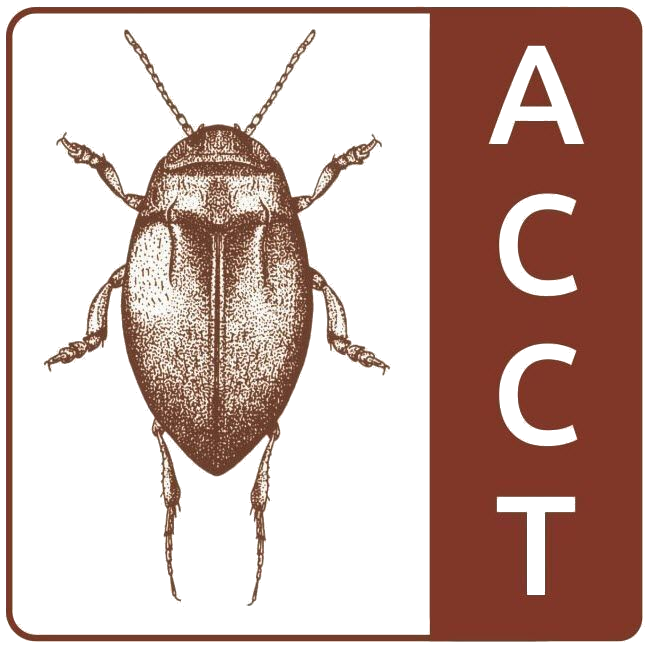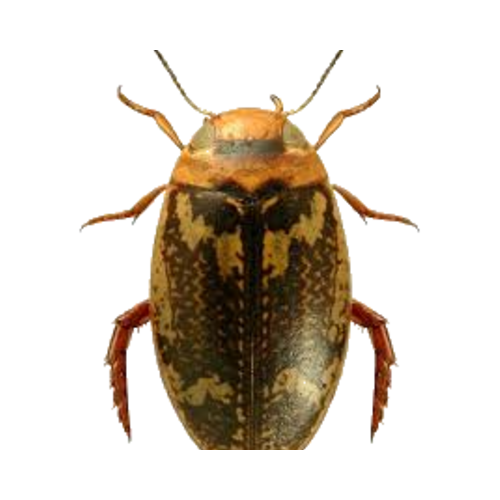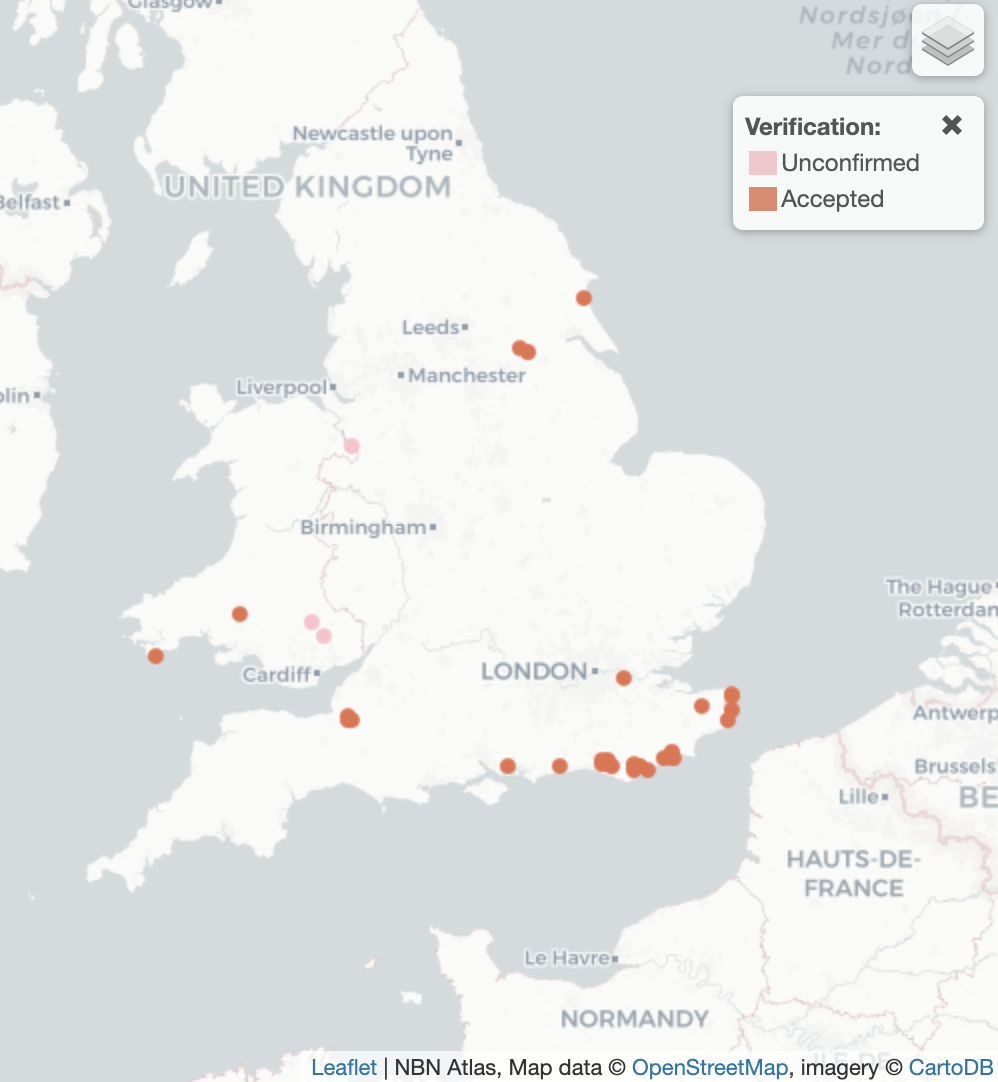Laccophilus poecilus
(Klug, 1834)
Sussex Diving Beetle

Aquatic Coleoptera
Conservation Trust
OVERVIEW

Laccophilus poecilus, known as the "Sussex Diving Beetle," is one of Britain's most geographically restricted aquatic beetles, occurring in England only with populations confined to very few Sussex sites. This small diving beetle represents a critically important component of downland pond ecosystems and serves as an indicator of high-quality chalk downland habitats.
CONSERVATION STATUS
Key Threats:
- Pond destruction and habitat loss
- Water pollution and eutrophication
- Changes to traditional land management
- Climate change and drought
- Agricultural intensification
Population Trend:
DISTRIBUTION

Current Range: Occurs in England only, very localised to a few Sussex sites in the South Downs area, representing one of the most geographically restricted beetles in Britain.
Habitat Distribution: Found exclusively in ponds and slow streams in downland habitats, particularly those associated with chalk geology and traditional grazing systems that maintain open water bodies.
ECOLOGY & HABITAT
Downland Ponds
Traditional ponds in chalk downland landscapes
Grazed Margins
Open margins maintained by traditional grazing
Chalk Geology
Calcareous substrates with specific water chemistry
Life Cycle: Complete metamorphosis adapted to downland pond conditions with seasonal variation
Diet: Predatory, feeding on small invertebrates and organic matter in pond margins and shallow areas
Grazing Dependence: Requires traditional grazing management to maintain open water conditions and prevent terrestrialization
CONSERVATION ACTIONS
Pond Management
Maintain traditional pond management and prevent succession
Grazing Restoration
Restore appropriate grazing regimes around known sites
Habitat Creation
Create new ponds within dispersal range of existing populations
Intensive Monitoring
Annual population surveys and habitat condition assessment